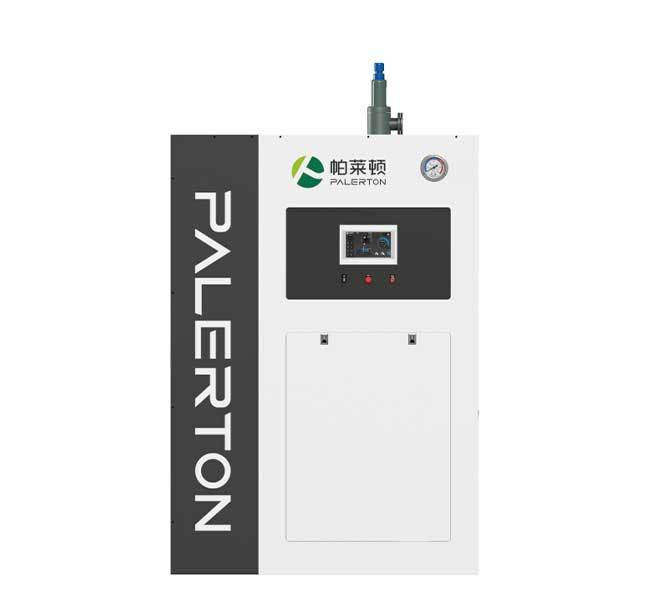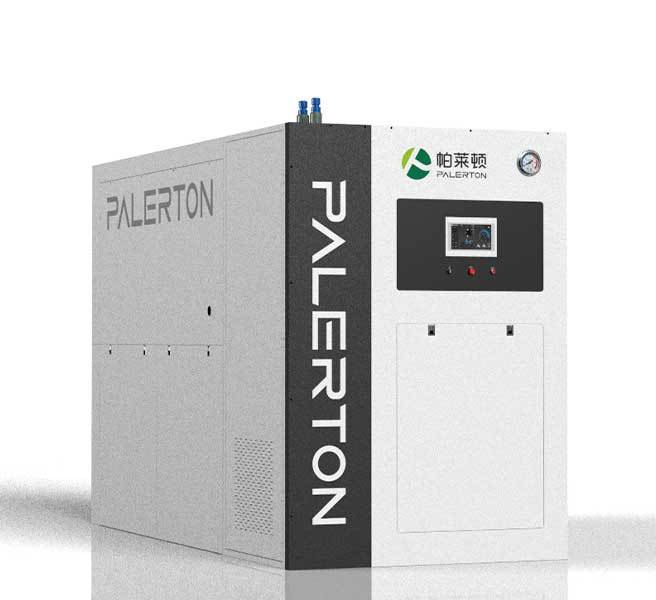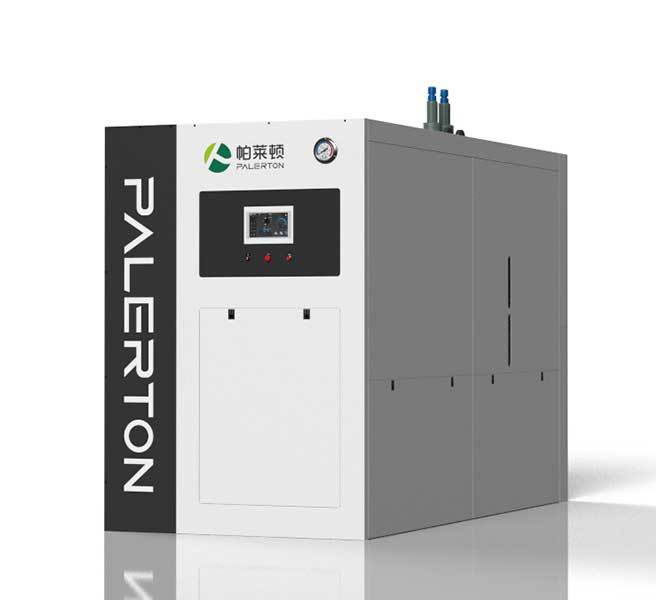
What happens if the steam generator is short of water?
During the operation of the steam generator, water shortage is an issue that cannot be ignored and will lead to a series of serious consequences. Lack of water will directly lead to equipment failure. When the steam generator is short of water, the water level sensor detects that the water level is lower than the set value. If the equipment is not shut down in time, the heating element will continue to dry burn. This will cause the temperature of the heating tube to rise sharply, and the metal material will deform and be damaged due to overheating, shortening the service life of the heating element, and even directly causing the heating tube to burst. Moreover, high temperature may also cause cracks in the generator's inner tank, pipes and other components due to thermal stress, affecting the integrity of the overall structure of the equipment, causing a significant increase in maintenance costs, and may even require the replacement of the entire equipment.
Lack of water will directly lead to equipment failure. When the steam generator is short of water, the water level sensor detects that the water level is lower than the set value. If the equipment is not shut down in time, the heating element will continue to dry burn. This will cause the temperature of the heating tube to rise sharply, and the metal material will deform and be damaged due to overheating, shortening the service life of the heating element, and even directly causing the heating tube to burst. Moreover, high temperature may also cause cracks in the generator's inner tank, pipes and other components due to thermal stress, affecting the integrity of the overall structure of the equipment, causing a significant increase in maintenance costs, and may even require the replacement of the entire equipment. Finally, water shortages can also cause economic losses. Equipment failures require repair or replacement, which not only costs money but also leads to interruptions in production or service. For places such as hospitals and food factories that have a continuous demand for steam supply, a steam generator shutdown due to water shortage may affect normal operations and affect the company's reputation and image.
Finally, water shortages can also cause economic losses. Equipment failures require repair or replacement, which not only costs money but also leads to interruptions in production or service. For places such as hospitals and food factories that have a continuous demand for steam supply, a steam generator shutdown due to water shortage may affect normal operations and affect the company's reputation and image. 
However, the steam generator is equipped with an intelligent control system, which monitors more than 40 items of the whole machine. It can detect water supply anomalies at the first time and pop up fault codes for users. Users can find out the faults at the first time, solve the problems in a targeted manner, and find out the faults in time to reduce the probability of equipment damage.
Through the intelligent control system, enterprises can not only significantly reduce the incidence of equipment failures and safety accidents, reduce maintenance costs and economic losses caused by production interruptions, but also improve the operating efficiency and service life of steam generators, and truly achieve the goals of safety, efficiency and energy saving. In today's intelligent development of industrial production, the intelligent control system is undoubtedly a reliable guarantee for the stable operation of steam generators, and also injects strong impetus into the sustainable development of enterprises.
Related News
What happens if the steam generator is short of water?
Through the intelligent control system, enterprises can not only significantly reduce the incidence of equipment failures and safety accidents, reduce maintenance costs and economic losses caused by production interruptions, but also improve the operating efficiency and service life of steam generators, and truly achieve the goals of safety, efficiency and energy saving. In today's intelligent development of industrial production, the intelligent control system is undoubtedly a reliable guarantee for the stable operation of steam generators, and also injects strong impetus into the sustainable development of enterprises.
What is the significance of low steam generator flue gas exhaust temperature?
The flue gas exhaust temperature of the Composite chamber micro-superheated steam generator(D class)is stably below 50°C. This outstanding performance makes it show significant advantages in the field of energy conservation and environmental protection. On the one hand, its thermal efficiency is improved to the industry-leading level, which can significantly reduce fuel costs compared with traditional steam equipment; on the other hand, it effectively reduces the thermal pollution caused by high-temperature exhaust to the surrounding environment, and significantly reduces the risk of acid gas condensation corrosion, ensuring the long-term stable operation of the exhaust system. In addition, the equipment meets the national requirements for the promotion of high-efficiency and low-emission equipment, providing strong support for enterprises to improve energy utilization efficiency and reduce operating costs, helping enterprises achieve green and low-carbon development goals.
The role of steam generators in slaughterhouse production
From controlling meat quality at the source to maintaining a clean production environment, the steam generator, with its high efficiency and environmentally friendly characteristics, fully guarantees the stable operation of the slaughterhouse. With the continuous innovation of technology, it will surely play a more critical role in the future slaughtering industry!
The Composite chamber micro-superheated steam generator(D class)redefines the quality and efficiency of steam with cutting-edge technology. Choosing it means choosing a more precise, efficient and stable production experience, opening a new chapter in industrial steam applications!
Composite chamber micro-superheated steam generator(D class)the role of deaeration tank?
The existence of the deaeration water tank is crucial in the pursuit of high efficiency, energy saving and stable operation of the Composite chamber micro-superheated steam generator(D class. It complements other advanced technologies of the equipment to build a reliable steam production system, ensuring that the steam generator can continuously and stably output high-quality steam, meet the stringent requirements of industrial production for steam energy, and provide strong support for the safe production and economic benefits of enterprises.
What are the advantages of using a steam generator for cleaning and disinfecting hospital fabrics?
In addition, the steam generator is easy to operate, safe and reliable. The equipment is equipped with an intelligent control system, and the operator can accurately adjust the steam temperature, pressure and flow through the touch screen or remote control terminal to meet the cleaning and disinfection needs of different fabrics. In addition, multiple safety protection devices (such as overpressure protection, water shortage protection, etc.) can effectively prevent equipment failure, ensure stable operation, and reduce manual maintenance costs and safety hazards.



